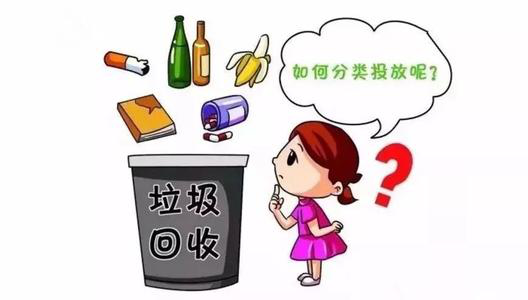Shanghai’s garbage classification has entered a “compulsory era”. How should the garbage produced by the textile and apparel industry be divided?
Aug 02, 2019 | by CT
It is well known that fibers are an important source of materials in the textile industry. In recent years, the world’s main fiber output has been growing steadily. In 2017, the world’s main fiber output reached 93.71 million tons. China’s chemical fiber output reached 50 million tons last year, accounting for more than 70% of the world’s total chemical fiber output. More output means more waste. Textile waste accounts for about 1.0% to 5.1% of municipal solid waste (MSW).

So how to classify the garbage produced by textile and apparel industry?
Textile waste, used clothing, inferior cotton and other garbage generated by these textile and garment industries will be judged as recyclable or other garbage according to whether they are polluted or not. Uncontaminated waste textiles, such as used clothes, ingredients, spinning, packaging and plastic products, are all recyclable. On the contrary, polluted waste textiles, such as polluted textiles and garments, nylon products, woven bags, stained plastics, etc., belong to other garbage.
No matter where we are, let’s learn how to classify garbage and do our best for a better future!








